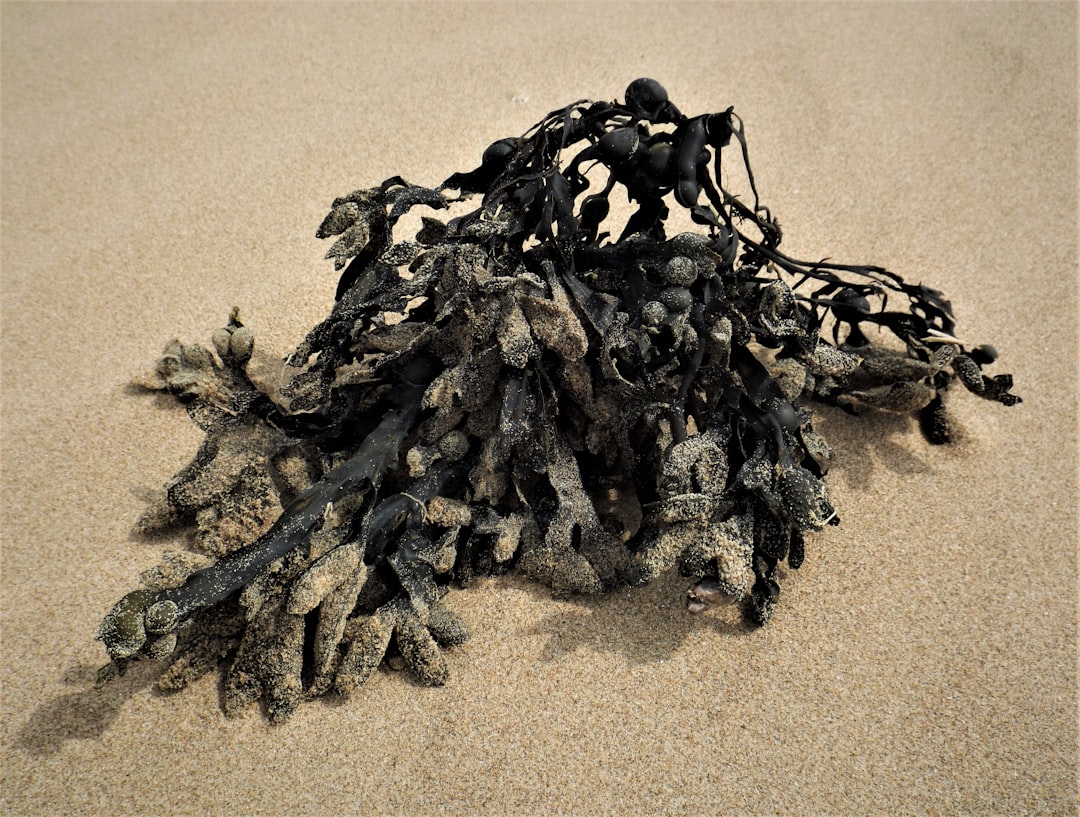What is it about?
We discovered the newborn gut contains fungal DNA at birth. We used DNA-based techniques to identity fungi and bacteria in the newborn gut from birth preterm and term born babies. We used machine learning to study how these microbial communes were related and how they developed over the course of pregnancy. Finally we used oxygen-less culture show that we could grow live bacteria and fungi.
Featured Image

Photo by Colin Maynard on Unsplash
Why is it important?
This is the first description of natural fungal communities in the human gut. Previous research has explored the controversial nature of the fetal/pregnancy microbiome, but this work has focused only on bacteria. The development of fungal communities have many implications for human health that have only beginning to be explored.
Perspectives
When the first bacteria and fungi arrive in the human gut is controversial, but new studies published in AJOG by Dr. Aagaard and colleagues and our work focused on initial fungal colonization point to a potential realm of possibilities that remain unexplored at the beginning of life.
Dr Kent Willis
University of Alabama at Birmingham
Read the Original
This page is a summary of: Fungi form interkingdom microbial communities in the primordial human gut that develop with gestational age, The FASEB Journal, August 2019, Federation of American Societies For Experimental Biology (FASEB),
DOI: 10.1096/fj.201901436rr.
You can read the full text:
Resources
Contributors
The following have contributed to this page










